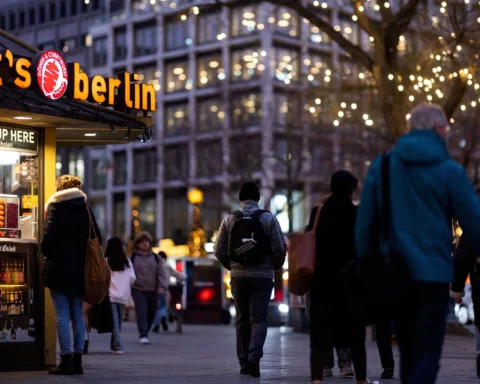The New York Times: The German Green Party, which entered the government in 2021 with an historic election result and five cabinet positions, has seen its political fortunes decline significantly over the past two years. Contributing factors include the Russian invasion of Ukraine, rising energy costs, and several party missteps. Today, the Greens are seen as a liability to the governing coalition, led by Social Democratic chancellor Olaf Scholz, with approval ratings sinking to just 19 percent. The party has been accused of pushing an elitist environmental agenda, which has alienated many voters and driven them toward far-right parties. In recent state elections, the Greens were particularly targeted for criticism as far-right and populist parties gained ground.
Key figures like Robert Habeck, who holds the portfolio for economic affairs and climate action, have seen their personal approval ratings decline. Habeck acknowledged that he underestimated the country’s mood, especially in the wake of high energy costs linked to Russia’s actions in Ukraine. Despite initial successes, such as lessening Germany’s dependence on Russian natural gas and encouraging investment in green energy, the Greens have been criticized for appearing out of touch with ordinary people. Their push for rapid transition to renewable energy in home heating systems, for example, was seen as too aggressive and led to backlash.
The decline raises questions about the party’s ability to evolve from a niche, environmentalist platform to a major political force. However, some within the party argue that the setbacks are surmountable and stress the need to broaden their appeal to a larger swath of the population. Experts suggest that the party’s recovery would hinge largely on its ability to adapt and restore its credibility, particularly through key figures like Habeck.
The entire article can be read at the link https://www.nytimes.com/2023/11/01/world/europe/germany-green-party.html














